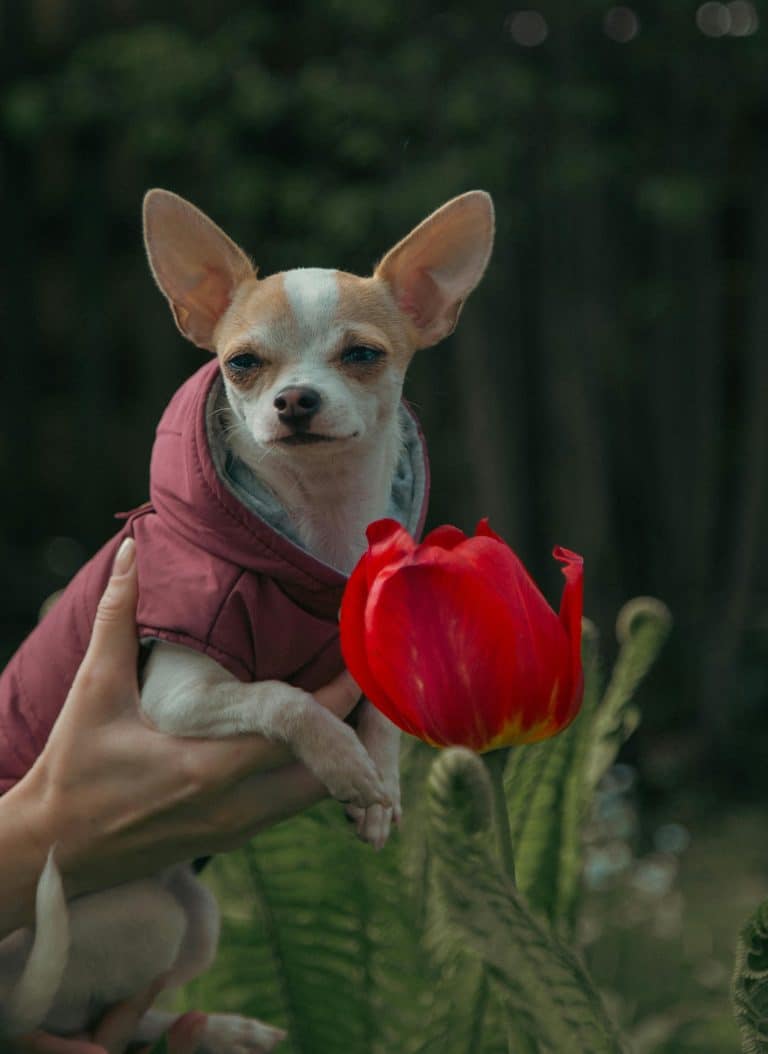Toxic plants could lurk in your spring garden and be dangerous to your beloved pets. While everyone, including cats and dogs, is eager to get outdoors and smell the flowers, some could harm our fur babies.
Understanding which plants are potentially hazardous helps you keep your pets away from those areas. Sometimes, it helps remove the plants and replace them with safer options. Consider the culprits to protect your pet family this spring.
Toxic Plants Are Beautiful
Some of the most beautiful blooms are toxic to pets. Lilies and oleander, for example, add a lovely touch to spring gardens. However, they can be hazardous when ingested by pets, especially cats.
Lilies can lead to kidney damage in pets, even in small amounts. Oleander may cause health issues like low body temperature, irregular heart function, gastrointestinal problems, and, in some instances, even death.
Be Aware of Bulbs
Another hidden garden menace to pets can be flowers with bulbs, such as tulips and daffodils. Colorful tulips are a popular addition to spring gardens, but can cause stomach problems if ingested by our furry friends. If the bulk is consumed, it can cause an obstruction.
Daffodils are also a traditional spring bulb that can be problematic for pets. Eating the flower or plant can cause an upset stomach and lethargy. If the bulb is ingested, diarrhea, vomiting, obstructions, low blood pressure, and unsteadiness may occur.
Fertilizer and Mulch
Beyond toxic plants, enthusiastic spring gardeners also have to consider the fertilizers they use to protect their pets from harm. Some fertilizers have ingredients that attract dogs, which can lead to an upset stomach, thirstiness, and in some instances, tremors, lethargy, and weak back legs.
Additionally, cocoa mulch has a sweet odor that appeals to dogs. However, much like chocolate, it is problematic for dogs. Depending on the amount ingested, this mulch can cause diarrhea, vomiting, and tremors. Sometimes, it can lead to hyperactivity, an increased heart rate, and seizures. Cedar bark and shredded pine are less toxic options.
Toxic Plants and Better Options
Various toxic plants lurking in spring gardens can cause severe upset in cats and dogs. The ASPCA website lists the toxic and non-toxic plants to ensure that cats and dogs stay safe this spring.
Choosing non-toxic plants adds color to your gardens without worrying about problems for the fur babies. Options may include swapping out lilies for canna lilies, which are safer for dogs and cats. A quick look at these lists helps pet parents plan pretty spring gardens that won’t hurt their fur families.
The Wrapup
While spring flowers are beautiful, some toxic plants can hurt pets. Understanding what they are and keeping pets away prevents illness and injury.
A few simple updates can ensure your spring garden is eye-catching and safe for pets to visit. If a pet ingests something harmful from the garden, call your veterinarian immediately or contact the ASPCA Animal Poison Control Center at 888-426-4435.









